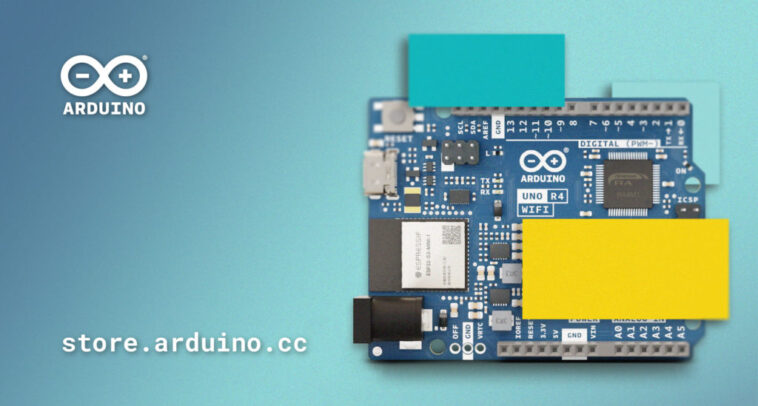The history of making is now ready for the future: a 32-bit UNO will soon be available thanks to a powerful Renesas processor

Here at Arduino we are thrilled to announce a new, revolutionary revision of the iconic UNO board, which will expand the concept of the open-source brand’s most iconic and popular product while providing the maker community with a long-awaited update on performance and possibilities. Arduino UNO R4 indeed preserves the well-known features of the UNO family – standard form factor, shield compatibility, 5V operating voltage, outstanding robustness – while offering no less than a 32-bit Cortex®-M4 and a 3-to-16x increase in clock speed, memory and flash storage.
This huge leap forward starts with a new processor by Renesas, a global leader in microcontrollers, analog, power and SoC products. While over 10 million users have enjoyed playing and working with Arduino UNO R3’s 8-bit microcontroller for more than a decade, the new RA4-series MCU will open up endless new project opportunities for more advanced makers, and bring the board up to speed with current standards.
The UNOR4 will come in two versions – UNO R4 WiFi and UNO R4 Minima – offering unprecedented performance and possibilities for the maker community.
The WiFi version comes with an Expressif S3 WiFi module, expanding creative opportunities for makers, educators, and hobbyists alike; while the UNO R4 Minima provides a cost-effective option for those seeking the new microcontroller without additional features.
In details, the new Arduino UNO R4 features the Renesas RA4M1 (Arm Cortex®-M4) running at 48MHz, which provides a 3x increase over the UNO R3. In addition to that, SRAM went from 2kB to 32kB, and flash memory went from 32kB to 256kB to accommodate more complex projects. In addition, following the requests from the community, the USB port was upgraded to the USB-C and maximum power supply voltage was increased to 24V with an improved thermal design. The board provides a CAN bus, which allows users to minimize wiring and execute different tasks in parallel by connecting multiple shields. Finally, the new board includes a 12-bit analog DAC.
All in all, Arduino UNO R4 is the answer to the requests for improvement and updates the developer and maker community has been advancing, making it easier than ever to get started with Arduino.
When it comes to hardware compatibility, pinout, voltage and form factor are unchanged from UNO R3, ensuring maximum hardware and electrical compatibility with existing shields and projects.On the software side, a big effort is being made to maximize retrocompatibility of the most popular Arduino libraries so that users will be able to rely on existing code examples and tutorials. In most cases libraries and examples will work out-of-the-box, but a few of them which were optimized for the AVR architecture used in R3 will need to be ported. To help in the transition, Arduino will provide a public list of such libraries, along with links to existing alternatives. In addition, an early adopter program has been launched – with a dedicated website at www.arduino.cc/UNOR4 – for library developers excited to find out more about UNO R4 and willing to port their low-level code to the Renesas architecture.
The Arduino UNO R3 will still be available and supported, at the side of all makers who want to work with its 8-bit AVR microcontroller.
Arduino UNO R4 is scheduled for release in late May, when more details about its features will be disclosed, but you can already subscribe the waiting list and get notified when in stock!
The post Arduino UNO R4 is a giant leap forward for an open source community of millions appeared first on Arduino Blog.
Website: LINK


